Dynamic Resistance Measurement
Condition testing of circuit breaker’s arcing contacts BY BUDO MILOVIC, DV-Power The preventive maintenance on a high-voltage (HV) breaker consists of several routine tests. The timing and motion tests are methods used to assess the breaker’s mechanical condition. When the timing and motion...

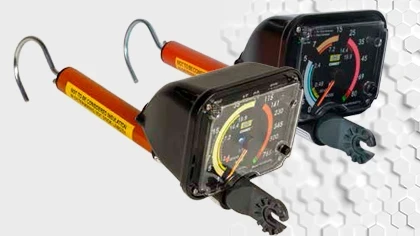

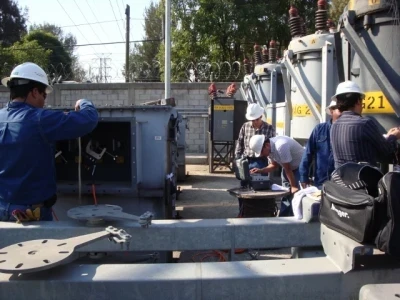

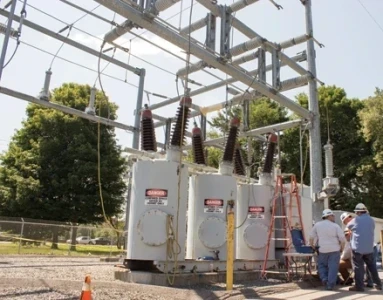
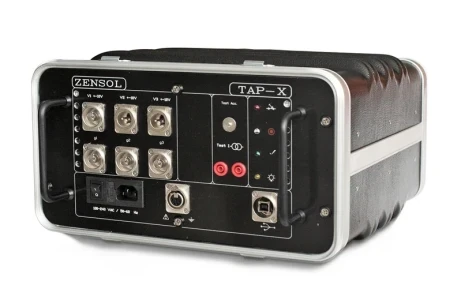
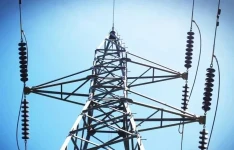








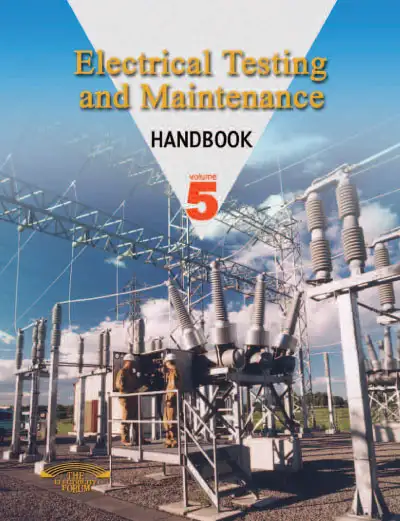

_1744640698.png)